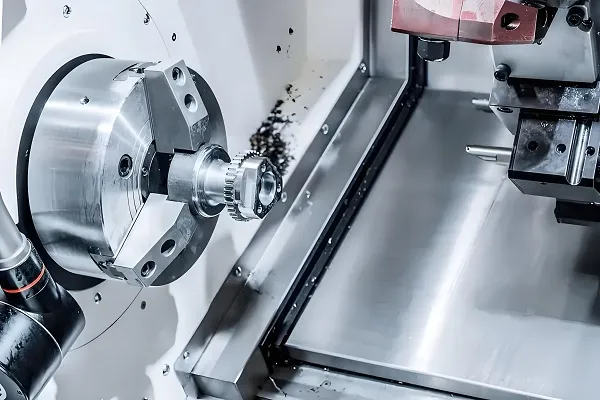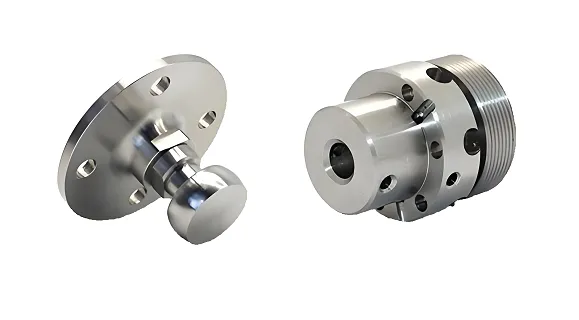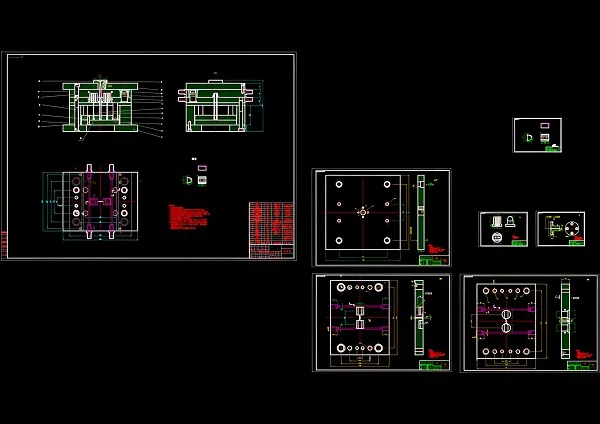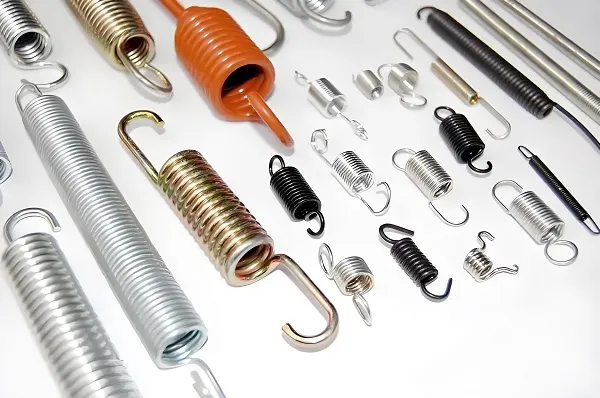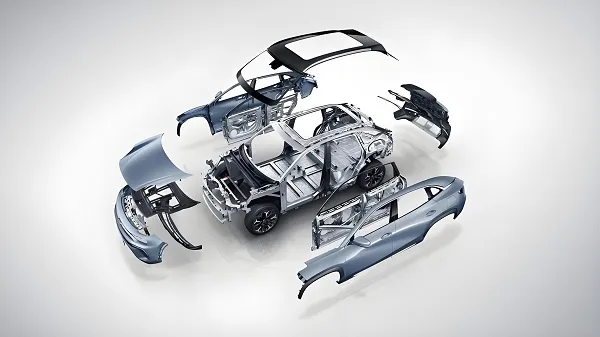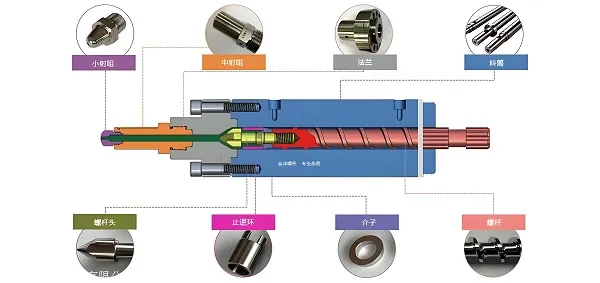End milling tooling is one of the indispensable tools in metal cutting processing, widely used in aerospace, mold making, automobile manufacturing and many other fields. It realizes multi-angle and high-precision milling of workpiece by rotating and feeding motion. The following is a detailed introduction to customized end milling tools.
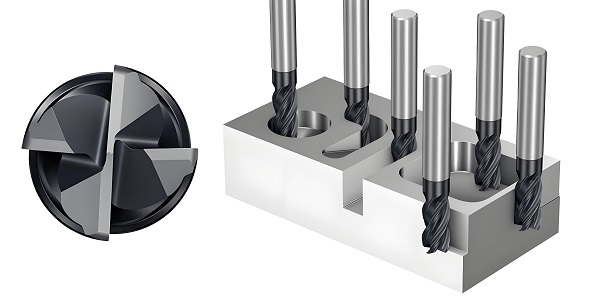
1.Production flow of end milling tools
Material Selection and Preparation: According to the use requirements of the tool, choose suitable materials such as cemented carbide, high-speed steel or ceramics. The materials need to undergo strict quality inspection to ensure that their composition, hardness and toughness meet the requirements.
Tool design: According to the material, shape and machining requirements of the workpiece, carry out the geometric design of the tool, including the diameter of the tool, the number of cutting edges, cutting edge angle and so on.
Tool manufacturing: advanced CNC machining equipment, such as CNC lathes, grinders, etc., for precision machining of tools. The dimensional accuracy and surface quality of the tool need to be strictly controlled during the machining process.
Heat treatment and coating: Heat treatment of the tool to improve its hardness and wear resistance. At the same time, TiN, TiCN, Al2O3 and other coatings are applied to the tool surface according to the requirements to further extend the service life of the tool.
Quality Inspection and Packaging: Strict tests on dimensional accuracy, surface quality and cutting performance are conducted on the tools. After qualified, packaging and marking are carried out to ensure that the tools are not damaged during transportation and storage.
2.Customized end milling tools
Demand communication: fully communicate with customers to understand their processing needs, workpiece materials, cutting parameters and other information.
Program development: according to the customer’s needs, develop a detailed tool design program, including tool geometry, material selection, coating type and so on.
Sample making and testing: Make samples according to the design program and conduct cutting tests. During the testing process, data is collected to evaluate the cutting performance and service life of the tool.
Program Optimization: Based on the test results, the tool design program is optimized to ensure that the tool meets the customer’s machining needs.
Mass production and delivery: After the program is finalized, mass production is carried out and each tool is tested for quality. After qualified, the tools will be delivered to customers.
3.Introduction of end milling tools material
Material: cemented carbide, high-speed steel, ceramic, etc.
Characteristics:
High hardness: Cemented carbide and ceramic materials have high hardness, which can resist the abrasion during the cutting process and prolong the service life of the tools.
High wear resistance: After heat treatment and coating treatment of the tool, it has excellent wear resistance, and can maintain the sharpness of the edge in the high-speed cutting process.
Good toughness: high-speed steel material has good toughness, can withstand large cutting force is not easy to break.
High thermal stability: ceramic materials can still maintain stable cutting performance at high temperatures, suitable for high-speed cutting.
4. Characteristics of end mills made of different materials
Carbide end mill: hardness HRA88-94, good wear resistance, suitable for processing cast iron, steel, non-ferrous metals and other materials.
High-speed steel end mill: good toughness, can withstand large cutting force, suitable for processing stainless steel, titanium alloy and other difficult-to-machine materials.
Ceramic end mill: high hardness, good thermal stability, suitable for high-speed cutting and processing of aluminum alloy, copper and other non-ferrous metals.
Coating type: TiN coating improves the wear resistance and corrosion resistance of the tool; TiCN coating improves the hardness and wear resistance of the tool; Al2O3 coating improves the heat resistance and cutting speed of the tool.
Service life: Carbide end mills have a service life of hundreds of hours when machining cast iron; HSS end mills have a service life of tens of hours when machining stainless steel; ceramic end mills have a service life of hundreds of hours when cutting aluminum alloy at high speed.
Customized End Mills FAQ
Q1:What information do I need to provide for customized end milling tools?
A1:You need to provide information about the material, shape, size and cutting parameters of the workpieces to be processed, as well as your special requirements for the tools (such as the type of coating, flute angle, etc.).
Q2: How to calculate the price of customized end milling tools?
A2: The price depends on the material, size, quantity and machining complexity of the tool. The specific price needs to be quoted according to your needs.
Q3:What is the lead time for customized end milling tools?
A3: The lead time depends on the process of tool design, manufacturing and testing. Generally speaking, the lead time varies from several weeks to several months, which should be determined according to your requirements and production schedule.
Q4: How to ensure the quality of customized end milling tools?
A4:We adopt advanced manufacturing equipment and processes, and conduct strict quality inspection and performance testing on the tools. Meanwhile, we provide perfect after-sales service to ensure that any problems you encounter in the course of use can be solved in time.
Through the above introduction, we believe you have a deeper understanding of the customized service of end milling tools. If you have any demands, please feel free to contact us, we will provide professional customized service for you.

